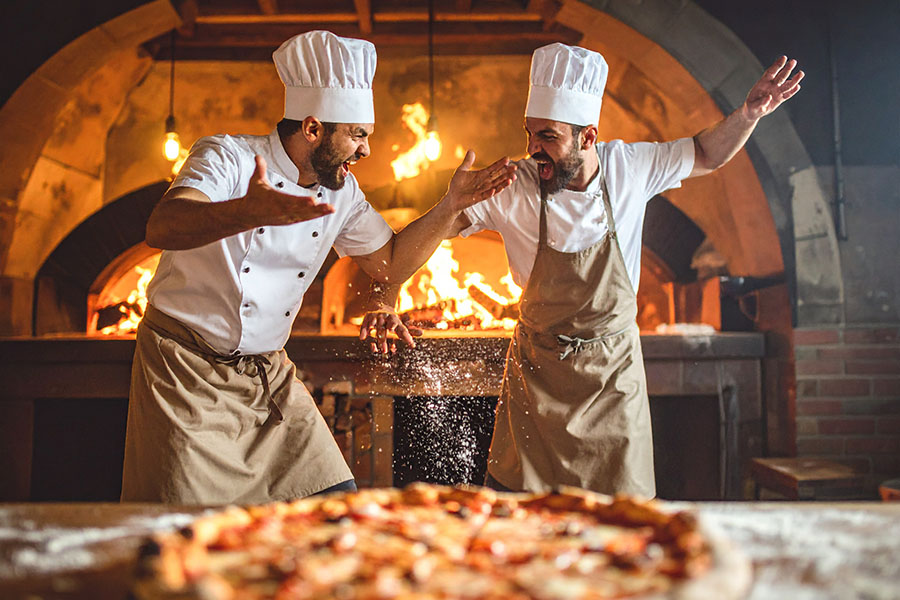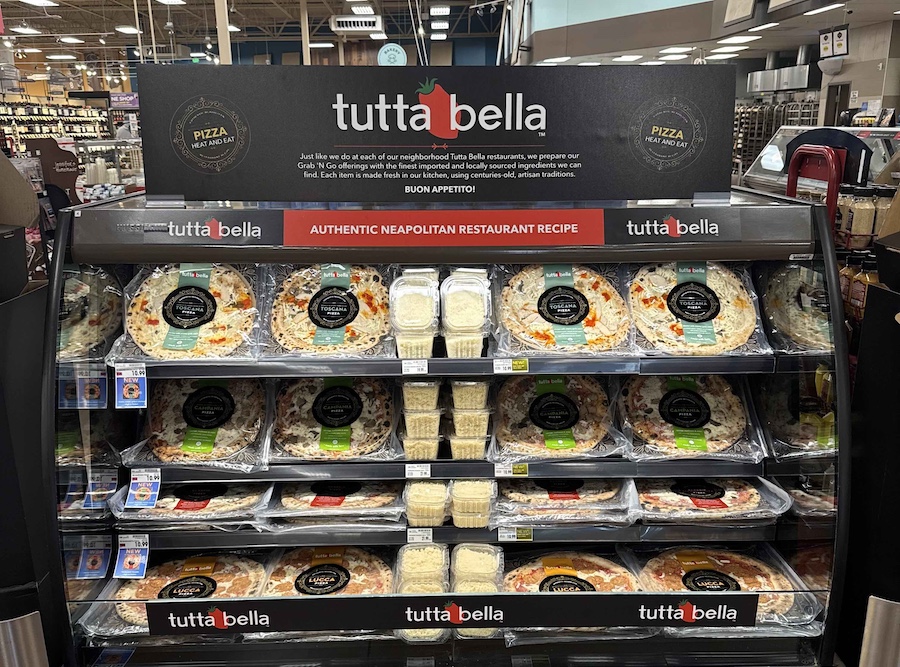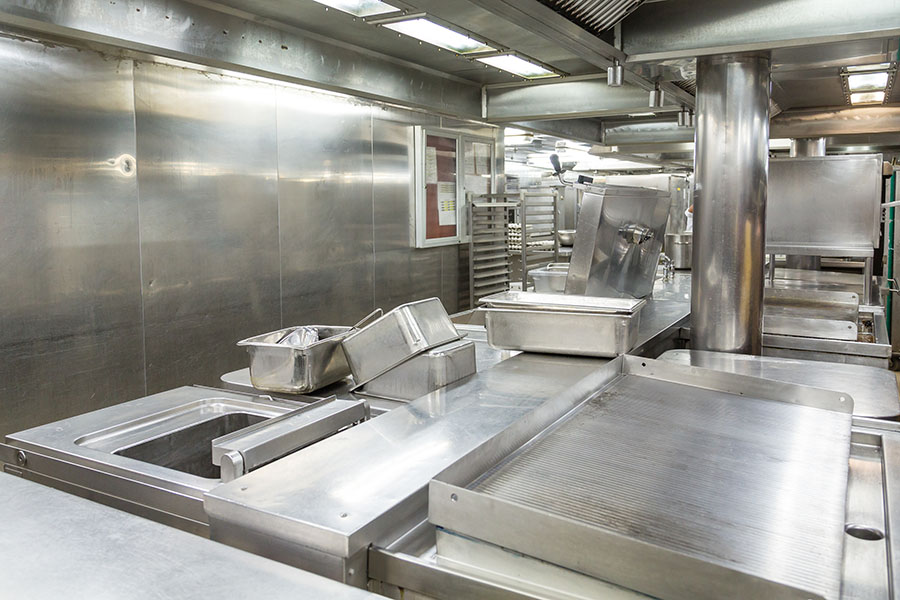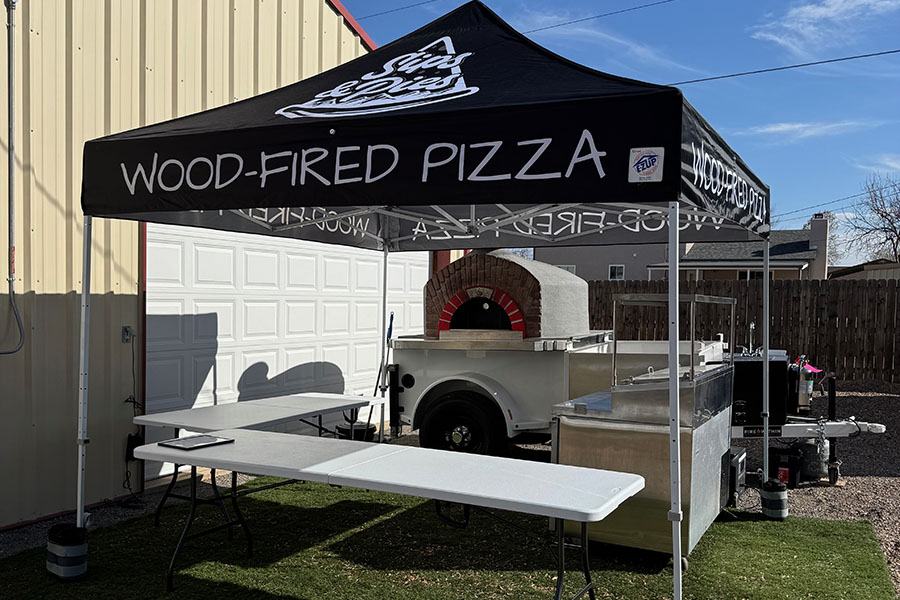 Handle difficult customers with care
Handle difficult customers with care
Getting people in the door is half the battle for a restaurant. Then it is up to you and your team to guarantee a great dining experience. Despite your best efforts, there will be disgruntled customers. Sometimes there’s a valid reason –– slow service, for example — but some people are looking for trouble. In today’s environment of social media sharing, dealing effectively with difficult customers is more important than ever.
Richard Gallagher, author of The Customer Service Survival Kit: What to Say to Defuse Even the Worst Customer Situations, says that good service means preparing for bad customer situations. Training your employees in the four octane levels is key to deescalating a conflict situation.
“People go from frustrated to angry when they feel unheard,” says Gallagher. Accordingly, each octane level shows more and more acknowledgement, making the customer feel better.
- Paraphrase or active listening — repeat back, in different words, the customer complaint. This makes sure you are both on the same page and is more productive than simply saying “I understand.”
- Observe what the customer is feeling in a sincere way: “I see that you have been waiting a long time.” Show that your eyes are working and not just your ears.
- Validation is what all of us seek, to feel that we are not alone. In terms of a service issue, an employee would say something like this: “No one likes to get the wrong order.” The customer is justified in her feelings with validation, rather than being treated like a problem.
- Identification, which doesn’t mean you have to agree. Instead you put yourself in the customer’s situation. “If I was out with my family and our bill was so wrong, I’d be really frustrated.”
By using these four octane levels, employees put themselves into the customer’s shoes. Once you and the customer feel like you are on the same team, trying to rectify the situation becomes much easier. Gallagher says that your goal is to “frame their anger as normal,” diffusing tension with genuine kindness.
Richard Dawson of Da Boyz Pizza and Pasta in Yuma, Arizona, says most problems arise from customers not reading the menu. “Someone will order a Caprese salad and be surprised there isn’t a bowl of lettuce.” Even then, servers are trained to ‘kill them with kindness.” One thing Da Boyz has done is make sure there is always a manager on duty who is authorized to amend bills or deal with complaints.
“Everything can be taken care of,” says Dawson, but sometimes customers don’t say anything while at the restaurant and then complain online. “Sometimes complaints are valid and we’ll fix it. We can reach out on social media if there’s an issue and try to resolve it then.”
Of course there will always be some customers trying to get a free meal or game the system. In a social media atmosphere, business owners often worry about the impact of an angry customer. Gallagher says you just have to ignore threats about reviews; if most comments on review sites are positive, new customers won’t be bothered by one random negative experience.
At West Crust Pizza in Lubbock, Texas, “our default protocol for an angry/crazy customer is always to win them over with kindness and service.” Customer service is a listening game where you need to find out the problem and try to fix it with as much understanding as possible.
Justin Barnard of West Crust reminds us that we don’t want any interaction to be a one-time thing — small business owners are always trying to strengthen relationships for future business.
Both Barnard and Dawson are clear about the need to reach out to those who complain on social media; the comments may stay the same, but you can share your side of the situation and perhaps remedy things. People leave reviews to feel heard — a form of validation, like Gallagher mentions in his octane levels.
“We’ve found that 90/10 (compliments to criticism) seems to be a pretty healthy and sustainable ratio to shoot for and maintain online,” says Barnard of West Crust. “It means that we’re doing a pretty good job for the most part with our customer experience, but with enough critical feedback to keep us sharp, improving and responsive to our customers’ messages.” That’s a healthy attitude, recognizing that there’s no way to entirely eliminate unhappy customers.
Barnard continues with an example of reaching out to someone who has been critical on social media. “One memorable incident was with an older couple who tore us up online on two different (occasions). They were really unhappy with their experience. I was able to reach out to them via both platforms and offer an explanation and an apology. After about a month, they recalled the negative reviews — they just disappeared. We did see them again in the store, so that was definitely a success.”
Customer service is an area where training your employees to remain unemotional but engaged can pay off huge dividends. When an employee feels threatened by a customer complaint, he needs to have a plan of action ready to handle the situation. Preparation before customer issues is key to long term success for your business.
Do’s and Don’ts
Do: Admit when you have made a mistake
Don’t: Point out customer mistakes
Do: Use precise language
Don’t: Get caught up in the emotion of the moment
Do: Check online reviews and respond
Don’t: Ignore criticism when you keep hearing the same complaints
Do: Expect one complaint per week, on average
Don’t: Expect perfection from your employees—mistakes happen
Do: Give managers the power to give refunds
Don’t: Give servers ability to void checks; it can be over used.
Do: Let customers know you appreciate them choosing you
Don’t: Beg or seem desperate. It does more harm than good.
Eliana Osborn is a freelance writer based in Yuma, Arizona.

 Handle difficult customers with care
Handle difficult customers with care





